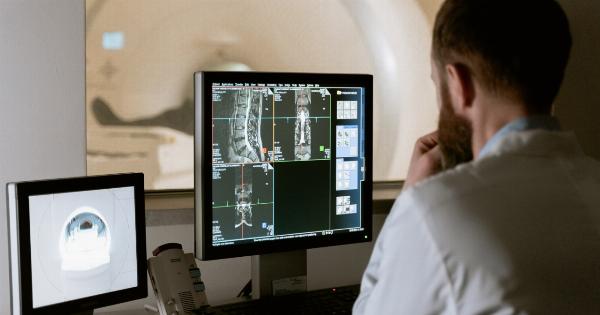Herpes is a very common viral infection. It is caused by the herpes simplex virus (HSV).
According to the World Health Organization, approximately two-thirds of the world’s population under 50 have HSV-1, while around 14% of people aged 15-49 have HSV-2.
HSV-1 typically causes oral herpes, while HSV-2 typically causes genital herpes. However, both strains of the virus can cause either type of herpes, and both can show up in places other than the mouth or genitals.
Oral Herpes
Oral herpes, also known as cold sores or fever blisters, typically appears as small, fluid-filled blisters around the lips or mouth. It can also occur on the gums, tongue, or inside the cheeks. These sores can be painful and may last for up to two weeks.
Oral herpes is highly contagious and can be spread through direct contact with the sores or through saliva. It is usually transmitted through kissing and sharing utensils, towels, or other personal items with someone who has the virus.
Genital Herpes
Genital herpes appears as blisters or sores in the genital area. In women, they may also occur on the cervix or in the vagina. The first outbreak of genital herpes is usually the most severe and can last for several weeks.
Genital herpes is spread through sexual contact with someone who has the virus. It is most contagious when there are active sores present, but can also be transmitted when there are no visible symptoms.
Other Areas
In addition to the mouth and genital area, herpes can also show up in other parts of the body. This is known as herpes gladiatorum and can occur on the face, neck, arms, or legs.
It is most commonly transmitted through contact sports when there is skin-to-skin contact with someone who has the virus.
Herpes can also appear in the eyes, a condition known as ocular herpes. This can cause redness, swelling, and pain in the eye, and can lead to more serious complications if left untreated.
Ocular herpes can be transmitted through touching the eyes with hands contaminated with the virus.
Herpes Whitlow
Herpes whitlow is a type of herpes that appears on the fingers or hands. It is typically caused by HSV-1 and can occur in people who touch their cold sores and then touch their fingers or hands.
Symptoms include redness, swelling, and blisters on the affected area.
Herpes and Pregnancy
If a woman has genital herpes during pregnancy, there is a risk of transmitting the virus to her baby during childbirth.
This can lead to serious health complications for the baby, so it is important for pregnant women to inform their healthcare provider if they have herpes.
In addition, if a woman has herpes outbreaks during pregnancy, she may need to take antiviral medication to reduce the risk of transmission to her baby.
Prevention and Treatment
The best way to prevent herpes is to avoid direct contact with the virus. This means not kissing or having sex with someone who has visible sores, and not sharing personal items with someone who has the virus.
Condoms can also help reduce the risk of transmission during sex.
If you do have herpes, there are medications that can help manage symptoms and reduce the risk of transmission. These include antiviral medications, such as acyclovir and valacyclovir, and topical creams to relieve itching and pain.
Conclusion
Herpes can show up in many different areas of the body, from the mouth and genital area to the eyes and fingers. It is highly contagious and can be transmitted through direct contact with the virus.
If you think you may have herpes, it is important to speak with a healthcare provider for diagnosis and treatment.


























